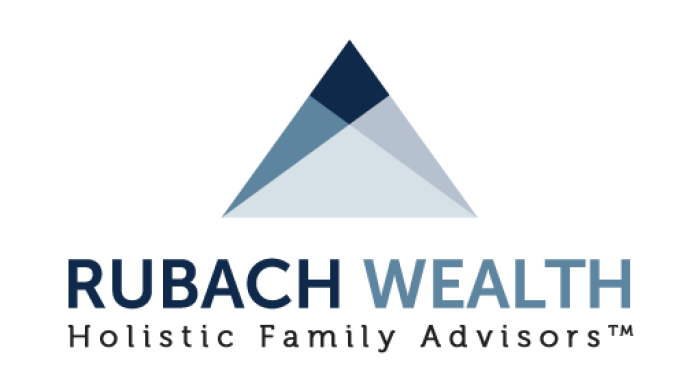We all know that life is priceless, but what are you worth in dollar terms? Can you come up with a figure, even if it’s only an estimate?
Of course, this will vary enormously from one person to the next. In general, however, the younger you are, the lower your estimate (I have a pile of student debt and not much cash in the bank) and the older you are, the higher your estimate (I own a fully paid-off home and have a large RRSP).
This line of thinking focuses on financial capital – assets such as property, investments, savings, etc. But what about human capital? If you are currently 28 years old and still near the beginning of a well-paid career that may stretch for another 35 or 40 years, aren’t you worth a whole lot more than the net total of your student debt and savings?
These years of future earning potential are part of your human capital, and while they may not yet be zeros in your bank account, they’re still worth a great deal. In this article, we discuss the importance of protecting your valuable human capital.
Assessing the value of your future earnings
To understand the value of your human capital, let’s put a price on it. For example, let’s assume you currently have an after-tax income of $60,000 and another 40 years of full-time employment ahead of you. (For now, let’s ignore the likelihood that your income will rise over the years.)
Your human capital = $60,000 x 40 = $2.4 million
This is likely a huge amount compared with the current value of your financial capital. Based on this estimate of your future earnings, it should be obvious that your human capital is currently your largest financial asset.
Of course, based on this definition, your human capital will decline as you grow older. However, with smart financial planning, your human capital will be transformed into financial capital over the course of your career, leaving you with a sizeable financial nest egg by the time you’re ready to retire.
How to protect your human capital
The younger you are, the more valuable your human capital ($2.4 million!) and thus the greater the need to safeguard it. Imagine if you had the misfortune of dying early and leaving behind a spouse or young family: your modest financial assets would help them, but the loss of your lifetime of earning potential would be devastating.
Life insurance is a useful tool for protecting your human capital as it serves as a financial safety net for your loved ones upon your death. You have two main options, both of which provide a guaranteed payout at death:
- Term life insurance. This type of life insurance provides coverage for a specific period (e.g. a 20-year term) and can be useful for covering a specific existing risk, such as paying off a mortgage. While premiums are lower for a term life policy with the same face value as a whole life policy, the value of the term life insurance is lost if you do not die during the coverage period.
- Whole life insurance. This type of life insurance provides a death benefit similar to a term life policy, but it also includes a savings component that can be invested and grow on a tax-sheltered basis. The premiums for this type of policy are locked in at the start, and as long as you continue to pay the premiums, your whole life policy will remain in force until you die.
Whether you opt for term life or whole life insurance, one of their shared benefits is that you will pay lower premiums the younger and healthier you are when you start. In other words, the premiums for a life insurance policy with a face amount of, say, $2.5 million, are far lower if you start the policy at age 28 rather than 48 while providing the same coverage.
At Rubach Wealth, we help clients understand, protect and grow both their human and financial capital. If you would like help with this as part of your journey to financial independence, contact us at (647) 349-7070.



